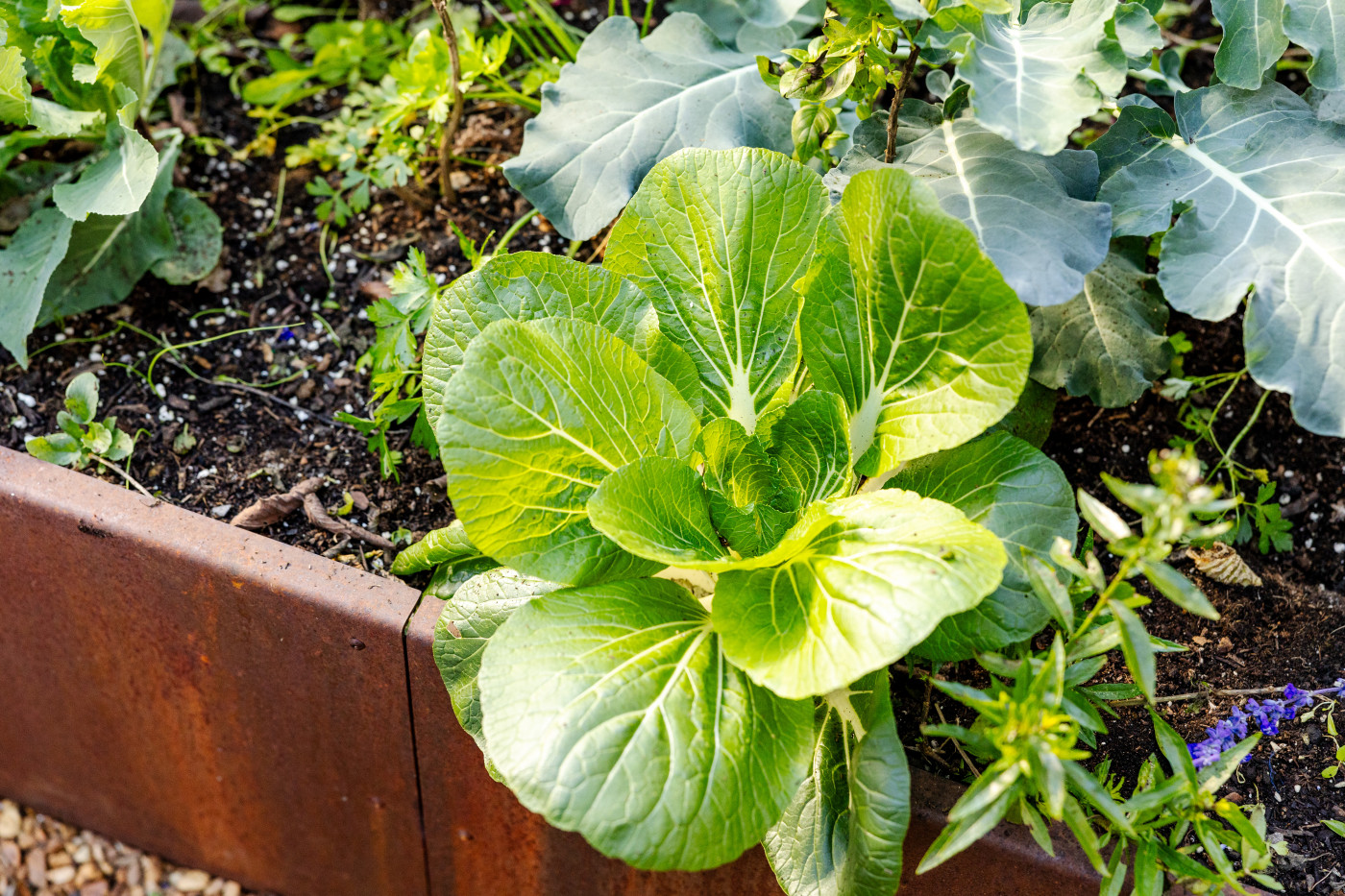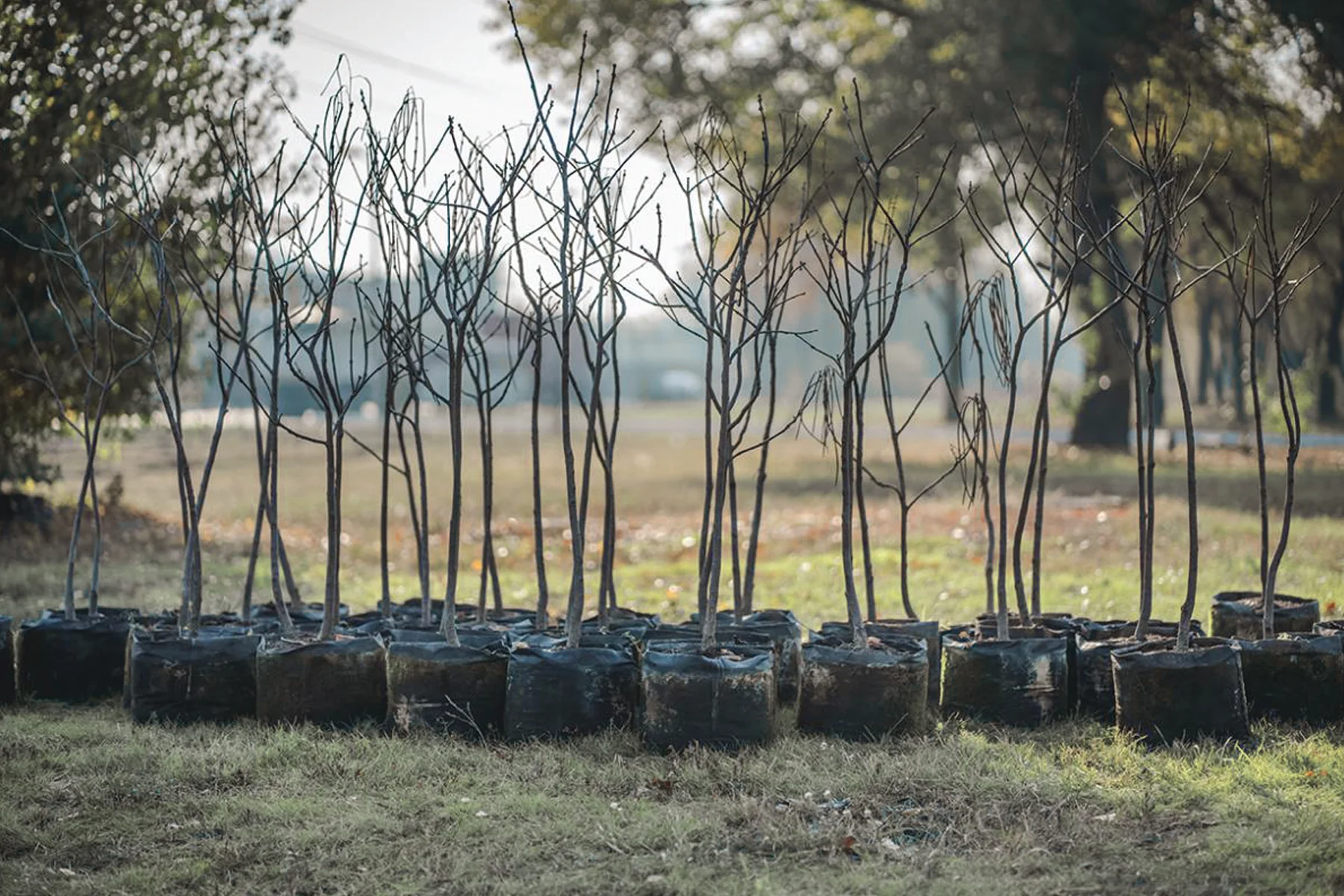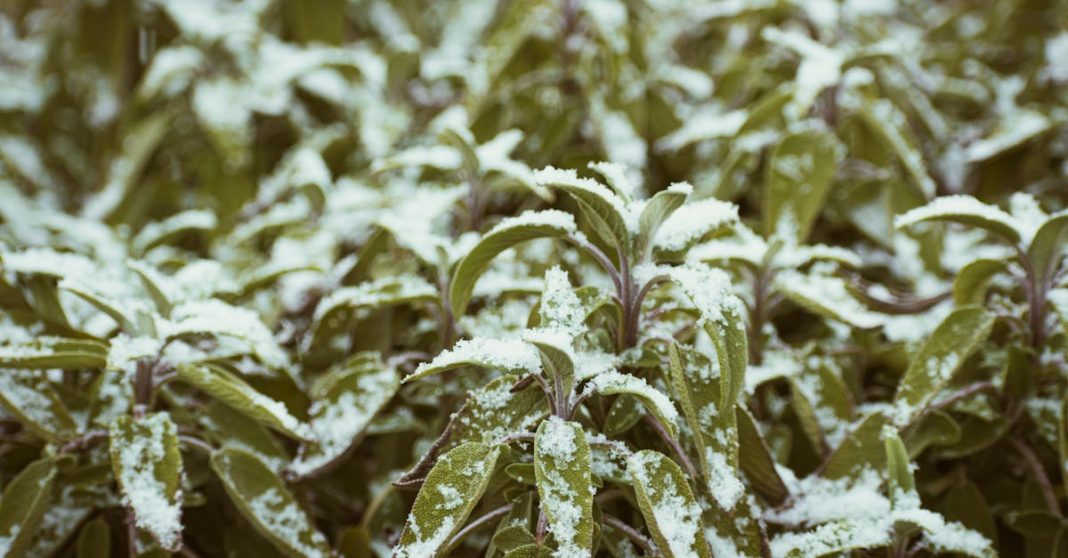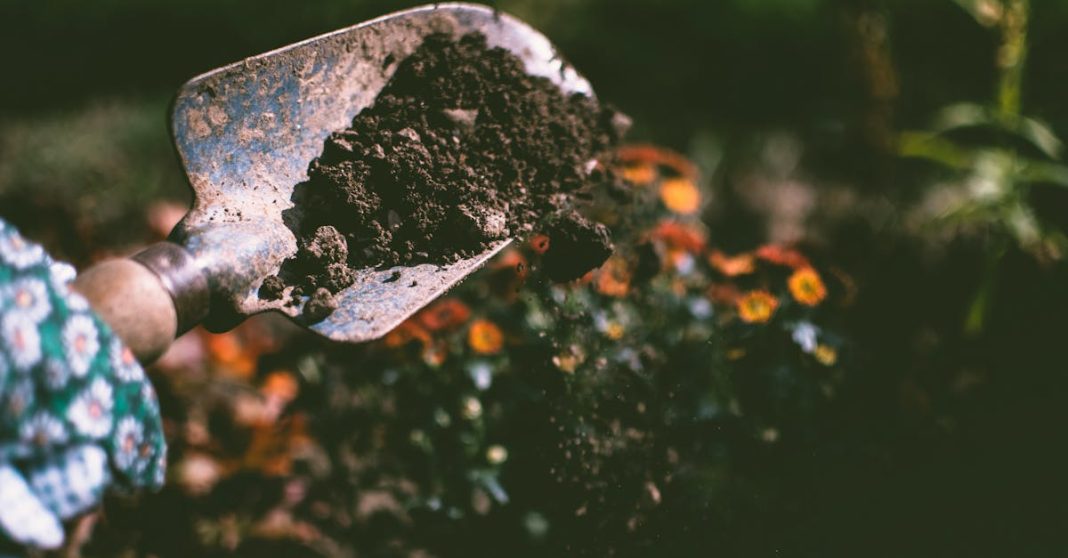December isn’t just a month for cozying up indoors, there’s plenty to do outside in the garden, even as the days shorten and frosts bite. Our December garden checklist is designed for passionate gardeners who want to make the most of every season.
While winter presents its challenges, it’s also an opportunity: with the right approach, we can start new crops, lay the groundwork for spring, and enjoy a landscape that’s vibrant even on the coldest days. Let’s dig into what to plant this month and how to set up our gardens for year-round success.
Understanding December Gardening Conditions
Climate Considerations Across Regions
December gardening requires a solid understanding of local conditions. Our climate, whether we’re managing mild winters in the South or bracing for deep freezes up North, directly shapes what’s possible this month. In milder regions (USDA Zones 8–11), soil may only briefly frost, allowing us to continue sowing directly outdoors.
In colder climates (Zones 3–7), snow cover and consistently frozen ground put tougher limitations on planting, though cold frames and greenhouses open possibilities. Coastal and mountain microclimates, meanwhile, add another layer of complexity, demanding an attentive reading of nighttime lows and daytime thaws.
Preparing Your Garden for Winter Planting
With December planting, timing is everything. Let’s prioritize preparing our soil before the deepest freezes hit. Start by clearing away debris and spent annuals, as these can harbor overwintering pests and diseases. Loosen soil where it’s workable and add a layer of well-rotted compost to supply nutrients over the slow, cold months ahead.
For areas where the ground won’t be worked until spring, it’s wise to mulch thickly to protect the soil structure from compacting freezes. In raised beds or cold frames, check that soils remain drainable and accessible for sowing hardy plants.
Vegetables to Plant in December

Cool-Season Crops
Some of our favorite vegetable crops thrive in cool soil, December is their time to shine, provided we adapt to local weather. Across the southern US and on the West Coast, we can still direct-sow hardy greens like spinach, kale, mustard, and mâche. These leafy crops not only germinate in chilly weather, but often taste sweeter after enduring a frost. In protected beds and unheated greenhouses, try sowing lettuces, arugula, and Asian greens: with a bit of row covering, they can survive all but the harshest cold snaps.
Root Vegetables for Winter Harvest
December rewards gardeners willing to work ahead. In mild climates or greenhouses, plant carrots, beets, radishes, parsnips, and turnips now to set up a late winter or early spring harvest. Remember to keep soil consistently moist but not waterlogged, and thin young seedlings to give roots space. For those further north, use cloches, cold frames, or even deep containers by a sunny window to cheat the cold and enjoy a cold-hardy root crop or two.
Herbs to Start in December

Best Herbs for Cold Weather
Just because there’s frost on the ground doesn’t mean our herb harvests have to end. This month is ideal for sowing hardy perennial herbs such as thyme, sage, and oregano, particularly in regions with milder winters. In southern gardens, we can also sneak in chives, parsley, and cilantro, which famously tolerate chills and even snow cover. Indoors, windowsill pots allow basil and dill to grow year-round with a little supplemental light.
Tips for Indoor Herb Growing
For many of us facing subzero nights, growing herbs indoors is not just possible but rewarding. Use shallow, well-draining pots and high-quality potting mix to give roots a nurturing start. South- or east-facing windows are best: for darker months or less-than-ideal sunlight, a simple LED grow light can make all the difference. Keep soil slightly moist and avoid overwatering, herbs don’t appreciate soggy feet. And to keep our kitchen supplied, pinch back leaves regularly for bushy, productive plants all winter long.
Flowers and Ornamentals for Winter Color
Annuals and Perennials to Sow Now
Chasing away the winter blues with a burst of color is every gardener’s prerogative. Hardy annuals like pansies, violas, calendula, and sweet peas can be direct-sown in mild zones or started under cover for later transplanting. For those in the coldest regions, consider sowing indoors to get a head start on spring bedding displays.
When it comes to perennials, December is prime time for sowing seeds of plants that need a period of cold stratification, think lupines, delphiniums, and milkweed. By mimicking winter chilling now, we set the stage for stronger, earlier blooms come spring.
Bulbs to Plant in December
Don’t forget about bulbs. In southern and western areas (or wherever the ground isn’t frozen), December offers a last window to plant tulips, daffodils, alliums, and hyacinths. Just ensure bulbs are set at the proper depth, typically two to three times their own height, and in free-draining soil. Mulch planted bulbs afterwards to insulate against frost heave and erratic weather, and we’re likely to be rewarded with a colorful show once the first hints of spring arrive.
Trees, Shrubs, and Fruit Bushes to Plant

When and How to Plant Bare-Root Trees
Bare-root season is short, and December is at its heart. Now’s our moment to plant bare-root fruit trees (like apple, pear, and plum), as well as ornamental varieties, while they are fully dormant. Choose a mild day when the ground isn’t frozen or sodden. Dig a wide hole, loosen the roots, and set the tree so that the graft union sits just above soil level. Backfill with compost-enriched soil and water in well. Mulch generously to suppress weeds and insulate roots through the coldest months.
Establishing Fruit Bushes in Winter
Winter is also the time for planting bare-root raspberries, currants, gooseberries, and blueberries. The dormant season helps these shrubs settle in undisturbed, so their roots can push out ahead of the spring rush. As with trees, good soil preparation is critical. Add organic matter generously and space bushes to allow for good airflow, this reduces risk of fungal disease when wetter weather sets in. Water well after planting, and protect young plants from wind and wildlife damage while they get established.
Essential December Garden Maintenance Tasks
Soil Care and Mulching
A healthy garden in winter starts with nurturing our soil. In December, replenishing beds with compost is an investment for the coming year, nutrients slowly leach down, feeding soil organisms as they work even under the snow. Mulching is equally essential. Spread a thick layer (2–4 inches) of straw, bark chips, or shredded leaves over beds and around newly planted trees and shrubs. This shields roots from dramatic temperature swings, suppresses winter weeds, and helps soils retain just the right amount of moisture.
Pest and Disease Management in Winter
Don’t let the cold lull us into thinking pests and diseases take a holiday. Many overwinter as eggs or larvae in plant debris or bark. Remove fallen leaves and pruned stems from fruit trees and shrubs, and periodically check for signs of canker, blight, or scale insects. For persistent problems or areas with known issues, dormant oil sprays can smother overwintering pests without harming beneficials. And if we’re using row covers or cold frames, regularly ventilate to prevent fungal build-up in damp, enclosed conditions.
Tools and Supplies Checklist for December Planting
A successful winter garden starts with preparation. Our December toolkit should include:
- Sturdy gloves for cold-weather tasks
- Sharp pruners and loppers for cutting back woody stems and clearing debris
- Hand cultivator or trowel for digging in softened or mulched soil
- Watering cans or hoses that remain flexible in cold temperatures
- Row covers, cold frames, or cloches for protecting delicate crops and extending the season
- High-quality compost and mulch for soil health
- Indoor seed trays and pots for starting herbs, vegetables, or ornamentals within reach of a sunny window
- LED grow light (optional) for reliable indoor seedling growth
- Labels and waterproof markers to keep new plantings organized
And, if you plan to plant any trees or large shrubs, don’t forget a good spade and a sturdy wheelbarrow. Planning ahead, we minimize last-minute scrambles and maximize productive winter days in the garden.
Conclusion
A thriving winter garden doesn’t happen by accident, it demands thoughtful preparation, the right plant choices, and careful, ongoing care throughout December. By embracing the unique opportunities this month presents, we set ourselves up for a beautiful, bountiful spring and beyond.
Remember: every season asks something different of us as gardeners, and December is no exception. Let’s roll up our sleeves and make the most of it, our future selves (and our gardens) will thank us.
Key Takeaways
- Adapt your December garden checklist to local climate conditions, focusing on what to plant this month based on your region’s hardiness zone.
- Direct-sow hardy greens, root vegetables, and cold-tolerant herbs outdoors where possible, or use cold frames and indoor pots to extend your planting season.
- Sow perennial flowers and plant spring bulbs in December to ensure vibrant color and blooms in early spring.
- December is prime time for planting bare-root fruit trees, shrubs, and berry bushes as they establish best when dormant.
- Maintain garden health by composting, mulching, and removing plant debris to protect soil and prevent over-wintering pests.
- Prepare essential tools and supplies early, so your winter gardening tasks stay on track and your garden thrives year-round.
December Garden Checklist: Frequently Asked Questions
What vegetables can I plant in December?
In December, you can plant hardy greens like spinach, kale, mustard, and mâche in mild climates. In protected beds or greenhouses, sow lettuces, arugula, and Asian greens. Root vegetables such as carrots, beets, and radishes are also suitable where soil isn’t frozen.
How should I prepare my garden for planting in December?
Begin by removing debris and old plants, then loosen soil and add well-rotted compost for nutrients. In areas where you can’t plant until spring, mulch deeply to protect soil from freezing and compaction. Maintain good drainage in raised beds and cold frames.
Are there flowers or bulbs I can plant in December?
Yes, December is ideal for planting hardy annuals like pansies, violas, and calendula in milder regions. You can also plant spring-flowering bulbs such as tulips, daffodils, and hyacinths wherever the ground is not frozen, ensuring proper depth and mulching.
Can I grow herbs in December, and if so, which ones?
You can start hardy perennial herbs like thyme, sage, and oregano outdoors in milder climates. Indoors, herbs such as basil, dill, chives, parsley, and cilantro grow well in pots with adequate sunlight or under grow lights.
What fruit trees or bushes should be planted in December?
December is the main season for planting bare-root fruit trees like apple, pear, and plum, as well as berry bushes such as raspberries, currants, and blueberries. Plant on mild days when soil isn’t frozen, and mulch well to protect roots.
How can I protect my December garden from pests and harsh weather?
Remove plant debris to reduce overwintering pests and diseases, use mulch to insulate and retain soil moisture, and check plants for signs of disease. For tender crops, row covers, cold frames, and cloches offer extra protection from frost.




